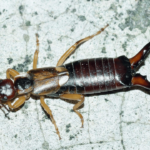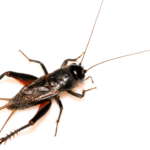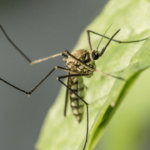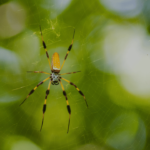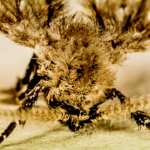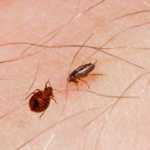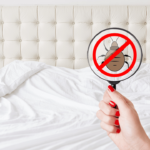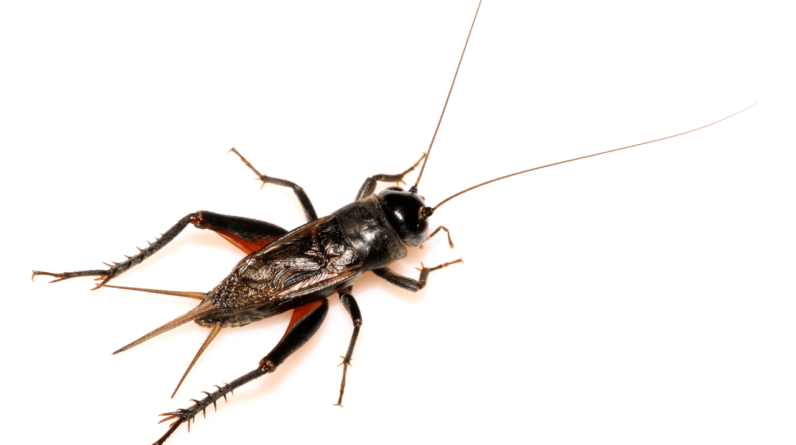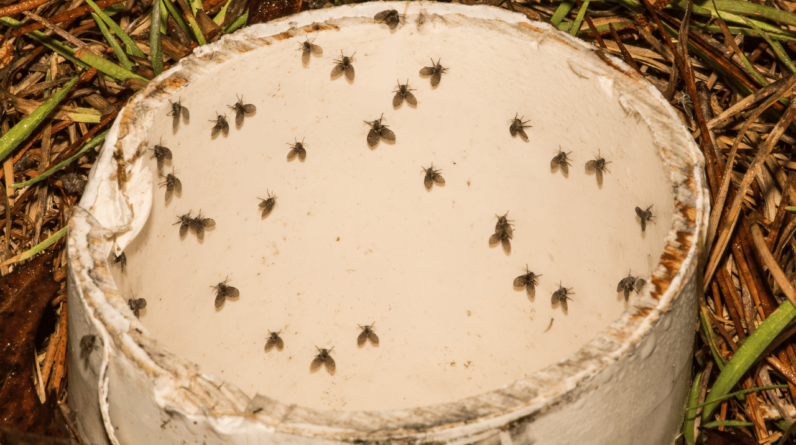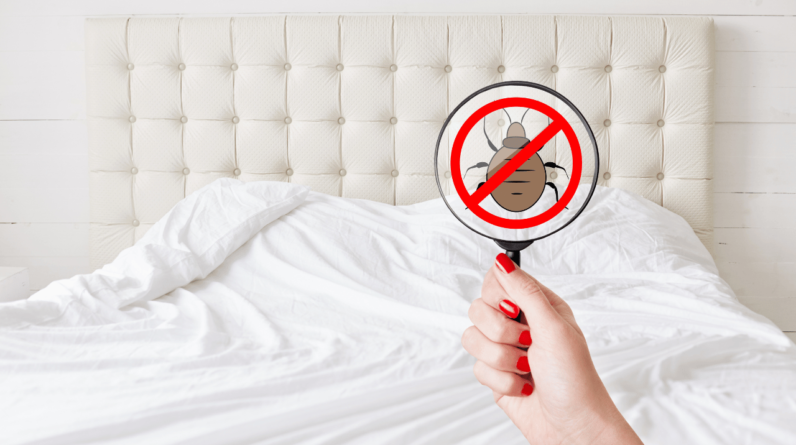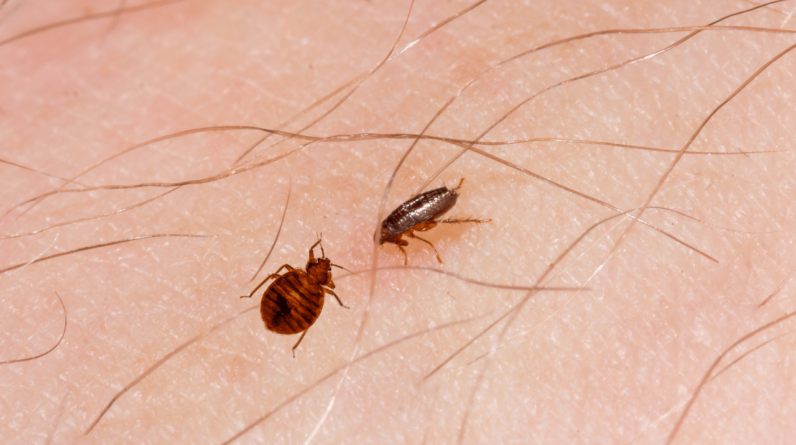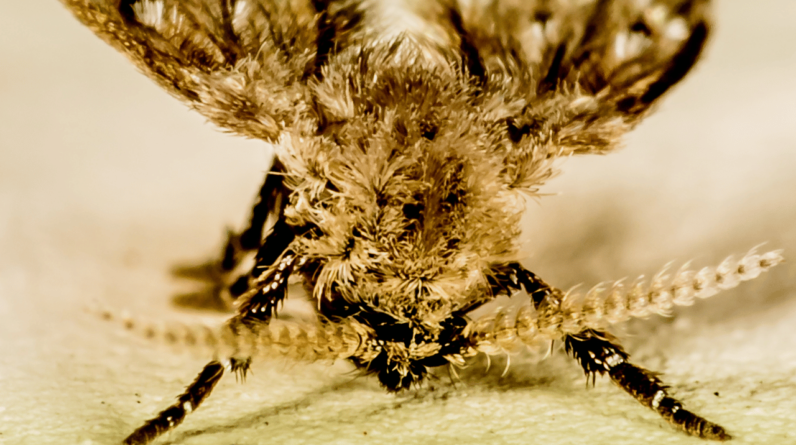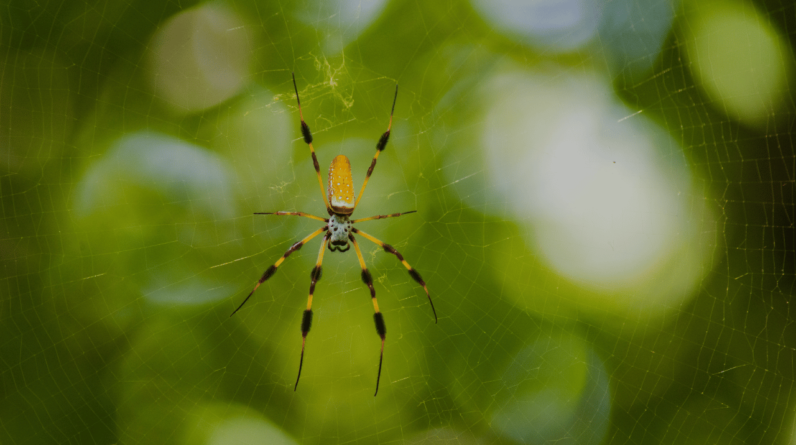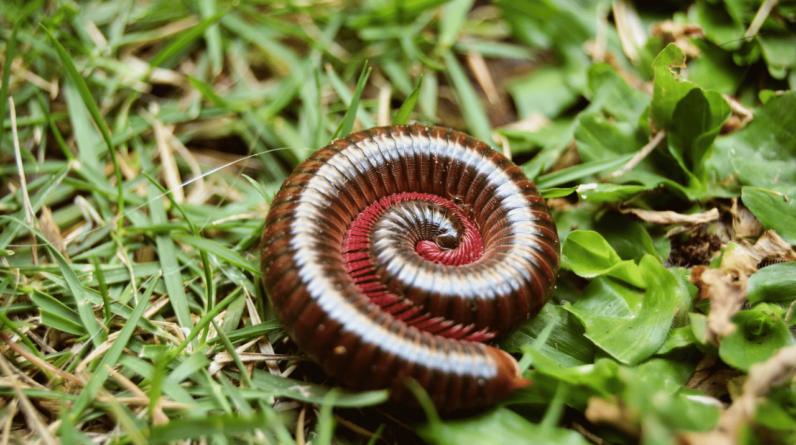
Welcome to the fascinating world of millipedes and learn how to repel millipedes when they become a problem! These remarkable creatures may seem small and insignificant, but they play a vital role in our ecosystem. However, when it comes to your home, you might not be as thrilled to have them around.
Millipedes are attracted to moisture and decomposing plant material, making them a common intruder in homes. But fear not! In this article, we will explore the secrets to both attracting and preventing millipedes from invading your living space.
We will delve into the reasons why millipedes are drawn to your home, such as their affinity for moist and humid environments. You will learn about their preferences for decomposing plant material and how they can enter your home through tiny crevices. Armed with this knowledge, you will be better equipped to take action and keep these little critters out of your living space.
From practical tips like tying garbage bags tightly and moving wood piles away from your house, to more creative solutions like using non-organic materials in flower beds, we will cover it all. We will also explore the importance of directing rainwater and snowmelt away from your home and using a dehumidifier to create an inhospitable environment for millipedes.
To ensure your success on how to repel millipedes, we will discuss the application of pesticides in strategic areas and provide guidance on when and where to use them effectively. However, we will also highlight the limitations of pesticides, as millipedes can burrow deep enough to evade their effects.
By the end of this article, you will have a comprehensive understanding of millipede behavior and the tools you need to keep them out of your home. So, let’s dive in and take control of your millipede situation. Get ready to become a master in how to repel millipedes!
Attracting Millipedes
If you want to attract millipedes, make sure to create a moist and humid environment. This can be achieved by maintaining a compost pile, wood stacks, and fallen leaves in your yard. Millipedes are attracted to these decomposing plant materials as they provide a source of food and shelter. They thrive in environments with high humidity levels, so watering your yard regularly can help create the ideal conditions for millipedes to thrive.
Additionally, providing areas of shade and protection from predators, such as reptiles and birds, can also attract millipedes. It’s important to note that millipedes play a beneficial role in the ecosystem by breaking down decaying plant matter and improving soil quality. By creating the right conditions, you can encourage millipedes to take up residence in your yard.
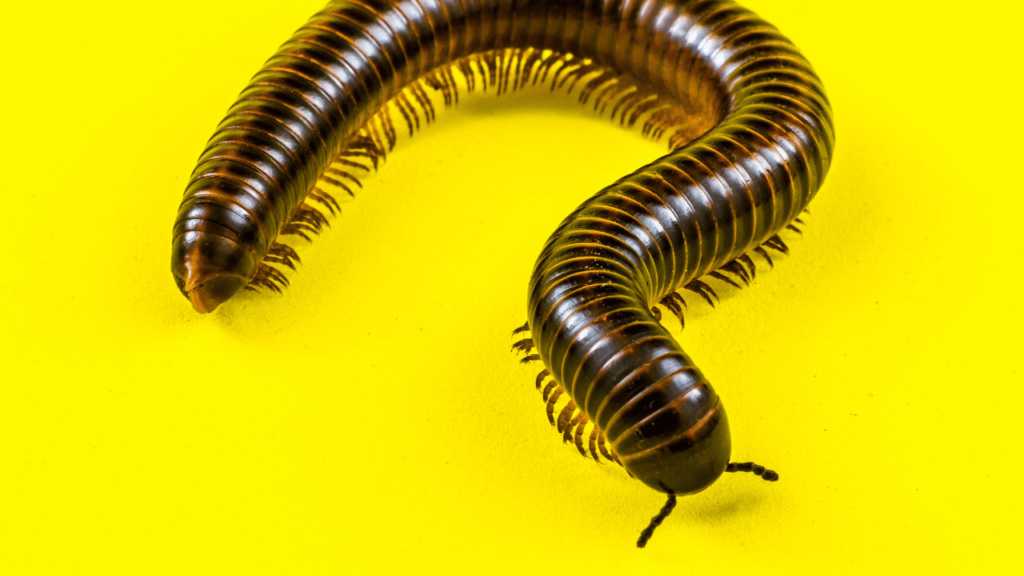
Preventing Millipedes
To keep millipedes from entering your home, make sure that garbage bags are tightly tied and move compost heaps and wood piles away from the house.
Additionally, there are several tips you can follow on how to repel millipedes from becoming a nuisance. One effective method is to rake leaves away from the house before they decompose, as millipedes are attracted to decomposing plant material.
You can also use non-organic materials to protect flower beds from decomposing plant matter. It’s important to direct rainwater and snowmelt away from the house with drainpipe extensions, as millipedes are attracted to moist and humid conditions.
Using a dehumidifier can also help remove excess moisture from the home, making it less inviting for millipedes. Lastly, applying pesticides to areas where millipedes are entering the home, such as window perimeters and doorframes, can be an effective way to deter them.
However, it’s important to note that it’s impractical to apply pesticides to grass and dirt, as millipedes can burrow deep enough to avoid the chemicals.
By following these tips, you can effectively prevent millipedes from entering your home.
Tips for Prevention
Take control of your home and create an inhospitable environment for millipedes by implementing these effective prevention strategies.
– Use dehumidifiers: Millipedes are attracted to moist and humid conditions, so reducing the humidity in your home can deter them. Use a dehumidifier to remove excess moisture from the air, especially in basements and other damp areas.
– Remove decaying plant matter: Millipedes are drawn to decomposing plant material, so it’s important to remove any fallen leaves, wood stacks, or compost piles near your home. Rake leaves away from the house before they decompose and move compost heaps and wood piles further away.
– Direct rainwater and snowmelt away from the house: Ensure that your gutters and downspouts are functioning properly and direct rainwater and snowmelt away from the foundation of your home. This will help prevent excess moisture and create an environment that is less attractive to millipedes.
– Apply pesticide to entry points: If millipedes are still finding their way into your home, you can apply pesticide to areas where they’re entering, such as window perimeters and doorframes. However, keep in mind that applying pesticides to grass and dirt isn’t practical, as millipedes can burrow deep enough to avoid them.
Frequently Asked Questions
Are millipedes harmful to humans?
Millipedes are not harmful to humans as they do not bite or sting. However, they can release a foul odor and secrete a cyanide-like substance when threatened. Effective ways on how to repel millipedes from homes include sealing entry points and using pesticides on window perimeters and doorframes.
Can millipedes bite or sting?
Millipedes do not bite or sting humans. They use their legs to move and their exoskeleton to protect themselves. They are harmless creatures that play an important role in decomposing organic matter in their habitat.
How long do millipedes typically live?
Millipede lifespan can vary depending on factors such as species, environment, and diet. Some millipedes live for only a few years, while others can live up to 10 years or more in optimal conditions.
What are the predators of millipedes?
Millipedes, those charming little decomposers, have a few enemies lurking in the shadows. Predators like reptiles, birds, and insects have a taste for these leggy creatures. It’s a tough world out there for a millipede!
Can millipedes cause damage to structures or gardens?
Millipedes can cause damage to structures and gardens by feeding on live plants and burrowing into soil. However, they also play a beneficial role as compost decomposers and can help improve soil health in agriculture.
Key Takeaways on How to Repel Millipedes
– Millipedes are attracted to moist and humid conditions.
– They are attracted to decomposing plant material such as compost piles, wood stacks, and fallen leaves.
– Millipedes can enter homes through small spaces like doorframes and bricks.
– To prevent millipedes from entering homes, keep garbage bags tied tightly and move compost heaps and wood piles away from the house.
Conclusion
To conclude on how to repel millipedes from entering your home is essential to maintain a clean and pest-free environment. By following the tips mentioned in this article, such as keeping garbage bags tightly sealed and relocating compost and wood piles, you can effectively deter millipedes. Additionally, rake leaves away from the house. Also, direct water away from your home and use a dehumidifier to remove the moist conditions that attract these creatures. Remember, an ounce of prevention’s worth a pound of cure when it comes to keeping millipedes at bay.

